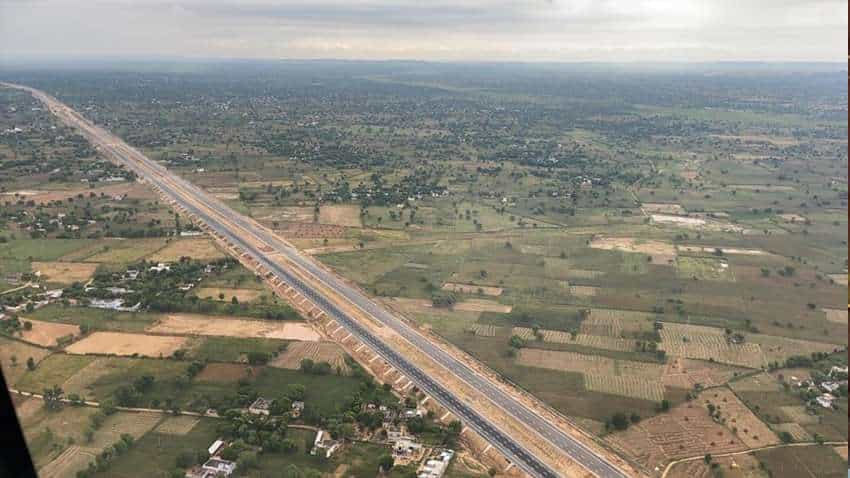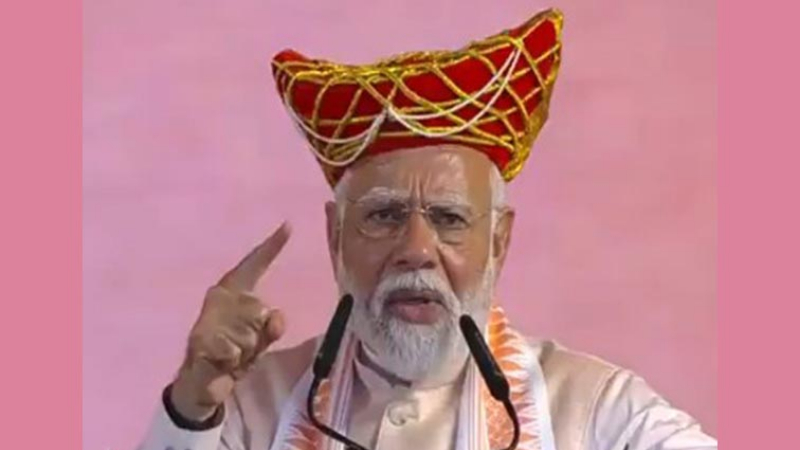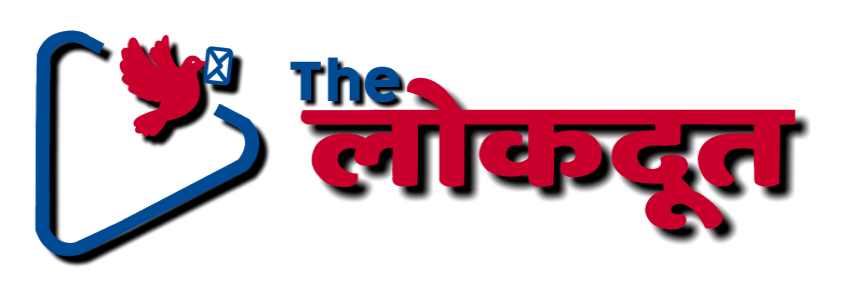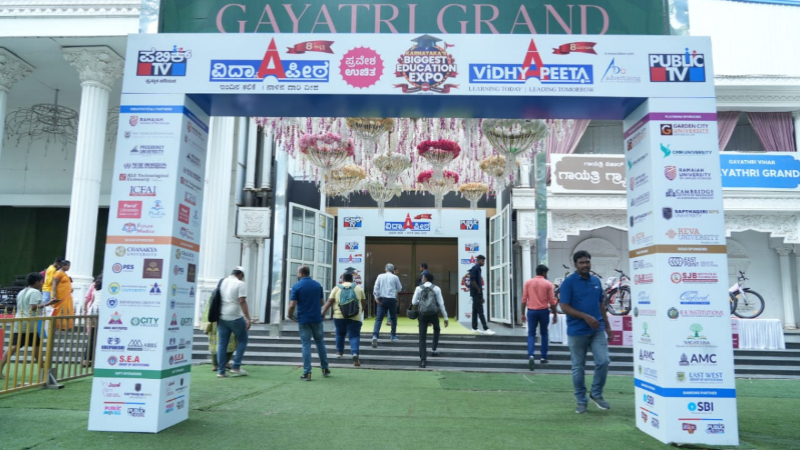Know all about India’s biggest: Delhi-Mumbai Expressway
An eight-lane Delhi-Mumbai Expressway of 1380km is under construction and is all set to be functional from 2023, the Union Minister of Road Transport and Highways of India Nitin Gadkari has completed his 2-day inspection of the project on Friday.

An eight-lane Delhi-Mumbai Expressway of 1380km is under construction and is all set to be functional from 2023, the Union Minister of Road Transport and Highways of India Nitin Gadkari has completed his 2-day inspection of the project on Friday.
Gadkari during his inspection schedule made visits to the states of Delhi, Haryana, Rajasthan, Madhya Pradesh, and Gujarat over two days, the project is being built at a cost of Rs 98,000 crore and is scheduled to be completed by March 2023.
The project was started in 2018 with its foundation stone being laid on 9th March 2019. The project is planned to provide connectivity to the economic hubs like Surat, Indore, Vadodara, Ujjain, Ahmadabad, Jaipur, Kota, Kishangarh, Ajmer, Udaipur, and Chittorgarh.
The first phase of the plan from Delhi-Jaipur (Dausa) - Lalsot and Vadodara-Ankleshwar is expected to commence traffic by March 2022. The expressway is majorly built for more than 1200 kilometers on a contractual basis, where the work is under progress this has created a major employment opportunity for thousands of skilled, non-skilled workers, for engineers and architects of 50 lakh man-days of work, more than 12 lakh tonnes of steel and approx 80 lakh tonnes of cement will be used which is approximately 2% of India’s annual cement production capacity.
The expressway shall help in annual fuel savings of approximately 320 million liters and reduce Carbon-di-oxide emissions by almost 850 million kg which is similar to planting 40million trees.
More than 15,000 hectares of land has already been acquired across various states for the construction of the expressway, a liberal approach has been adopted for gaining the land from farmers, and even Gadkari said “I appeal to the farmers to not sell their land to builders and developers, who usually profit when the prices increase after road construction. They (farmers) will get more money if they develop the land” and the land taken for the construction of expressway by the government had been purchased at 1.5 times higher than the market price.
According to the plan, the eight-lane expressway will even be expanded up to 12 lanes depending upon the traffic. For maintaining the green belt more than two million shrubs and trees are planted along the road and the expressway is said to be first in Asia and second in the world to develop animal overpasses for facilitating non-restricted and safe movement of wildlife. The expressway will also introduce us to two iconic 4km each eight-lane tunnels, one passing through Mukundra Sanctuary and the other through Matheran eco-sensitive zone to prevent further exploitation of endangered fauna.
Although the toll fares will be charged, rates for the same have not been decided or revealed yet on being questioned about it, Gadkari said “If you want good services, you have to pay for it. If one wants to conduct a program in an air-conditioned hall, one will have to pay kiraya (rent). Otherwise, a wedding can be conducted in a maidan (field) for free as well.”
The construction of the expressway will also provide many new business opportunities as the planning includes almost all types of wayside amenities like resorts, fuel stations, restaurants, food courts, lay-by of trucks, logistics parks, etc. A helicopter service ambulance for accident victims and a heliport for VIPs which will use drone service for business shall also be made.
With time India is growing to be counted in the list of developed nations, although there are still many challenges ahead but with the ongoing major projects like this, one thing can be assured that we are headed towards a brighter future.










































